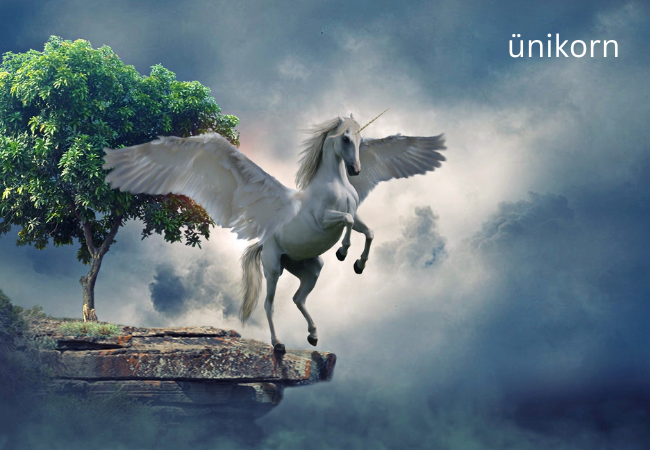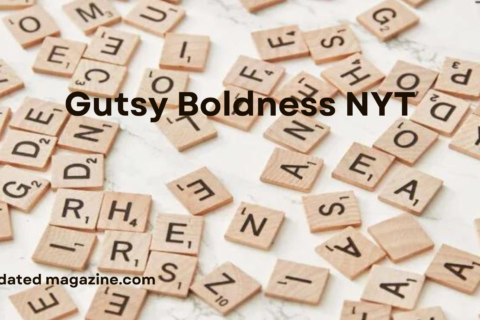Introduction to ünikorn
The ünikorn, often referred to as a unicorn, is a mythical creature that has captured the human imagination for centuries. Known for its single spiraling horn, the ünikorn symbolizes purity, grace, and magic. Its origins can be traced back to ancient civilizations, with references in Mesopotamian art, Indian and Chinese mythology, and Greek natural history. During the medieval and Renaissance periods, the ünikorn emerged as a powerful symbol of virtue and innocence, influencing art, literature, and religious thought. In European folklore, ünikorns were revered for their supposed magical abilities, and their horns were believed to possess extraordinary powers. The ünikorn has also appeared in various forms across Asian cultures, such as the Indian “Karkadann” and the Chinese “Qilin.”
Origins of the Ünikorn Myth
Ancient Civilizations
Greek and Roman Contributions
The ünikorn gained prominence during Greek and Roman times. The Greek historian Ctesias described an exotic animal from India that resembled a horse with a single horn. These accounts, along with Roman fascination with the extraordinary, solidified the ünikorn’s place in Western mythology, weaving it into the cultural fabric of these ancient societies.
Medieval and Renaissance Symbolism
Ünikorn in Folklore and Culture
European Folklore
Asian Traditions
Persian and African Mythology
Modern Interpretations of the Ünikorn
In contemporary culture, the ünikorn has taken on new forms and meanings, often reflecting society’s evolving values and interests.
Digital Ünikorn
In the age of technology, the ünikorn has become a digital icon. From emojis to animated GIFs, the ünikorn symbolizes whimsy, positivity, and a touch of magic in our everyday online interactions. Social media platforms are filled with ünikorn-themed content, showcasing its popularity and relevance in modern communication.
Startups and Innovation
In the business world, the term “unicorn” refers to privately held startup companies valued at over $1 billion. This usage highlights the rarity and exceptional nature of such companies, drawing a parallel to the mythical creature’s rarity. The concept of “unicorn” startups has become a significant part of discussions surrounding entrepreneurship and innovation.
LGBTQ+ Symbolism
Fashion and Aesthetics
Ünikorn aesthetics—characterized by pastel colors, iridescence, and glitter—are popular in fashion, makeup, and home decor. These elements evoke a sense of playfulness and otherworldly beauty. Various products, from clothing to accessories, feature the unicorn motif, appealing to those who wish to express their whimsical side.
Literature and Art
Contemporary authors and artists often reimagine the ünikorn in their works. Whether as protagonists in novels or fantastical creatures in paintings, the ünikorn continues to inspire creativity. Notable works like “The Last Unicorn” by Peter S. Beagle have solidified the creature’s place in modern literature, captivating audiences with its enchanting tales.
Famous Ünikorn-themed Artworks
The ünikorn has left an indelible mark on art history, inspiring captivating works across different periods. Here are a few notable examples:
The Lady and the Unicorn Tapestries
These medieval tapestries, created in the late 15th century, are among the most famous depictions of ünikorns. They showcase a lady interacting with a unicorn, symbolizing love and purity. The intricate designs and vibrant colors make these tapestries a significant representation of ünikorn mythology in art.
Renaissance Paintings
Artists like Raphael and Leonardo da Vinci included ünikorns in their works, further embedding the creature into the cultural consciousness of the time.
Modern Art
In contemporary art, ünikorns continue to inspire artists across various mediums. From digital illustrations to sculptures, the ünikorn’s enchanting presence remains a source of fascination and creativity.
The Cultural Impact of Ünikorns
The ünikorn’s influence extends beyond mythology and art; it has permeated various aspects of culture, including entertainment, fashion, and social movements.
Film and Television
Ünikorns have become popular characters in films and television shows, often portrayed as magical beings that embody hope and wonder. Animated films like “The Last Unicorn” and shows like “My Little Pony” have brought the ünikorn to life for new generations, reinforcing its status as a beloved symbol of fantasy.
Merchandise and Events
The popularity of ünikorns has led to a surge in merchandise, from toys to clothing. Ünikorn-themed events, such as festivals and conventions, celebrate the creature’s magic and allure, allowing fans to immerse themselves in the enchanting world of ünikorns.
Social Media Trends
The ünikorn has become a viral sensation on social media, with countless memes, challenges, and trends centered around the creature. This digital phenomenon highlights the ünikorn’s enduring appeal and relevance in contemporary culture.
Conclusion
The ünikorn is more than just a mythical creature; it embodies the ideals of purity, grace, and magic that resonate across cultures and generations. From its ancient origins to its modern interpretations, the ünikorn continues to inspire creativity and wonder in various forms.
Also Read: Rai Van: Exploring the Versatility and Appeal
FAQs
What is a ünikorn?
A ünikorn is a mythical creature typically depicted as a horse with a single, spiraling horn on its forehead. It symbolizes purity, grace, and magic.
Where did this myth originate?
The myth of the ünikorn has ancient origins, with references found in Mesopotamian art, Indian and Chinese mythology, and Greek natural history. The Greek historian Ctesias wrote one of the earliest descriptions of a unicorn-like creature around 400 BCE.
What does a ünikorn symbolize?
Unicorns are often symbols of purity, innocence, and magic. In medieval Europe, they were believed to have the power to purify water and heal sickness.
Are ünikorns mentioned in any religious texts?
Do they appear in different cultures?
Yes, unicorn-like creatures appear in various cultures. For example, the Chinese “Qilin” and the Indian “Karkadann” are both unicorn-like creatures with their own unique symbolism.
How are they depicted in modern culture?
In modern culture, unicorns are popular symbols of fantasy and magic. They appear in literature, movies, and art, often representing uniqueness and wonder. They are also a popular motif in fashion, toys, and internet memes.
What is an “ünikorn” in business terminology?
In the business world, a “unicorn” refers to a privately held startup company valued at over $1 billion. This term highlights the rarity and exceptional nature of such companies.
Are there any famous ünikorn stories or books?
Yes, there are many famous unicorn stories and books. One notable example is “The Last Unicorn” by Peter S.












